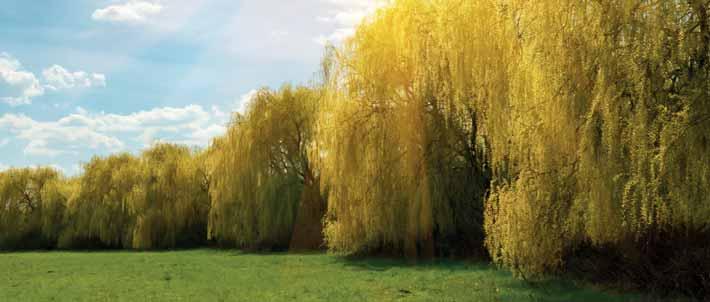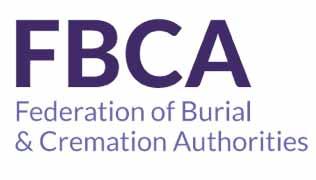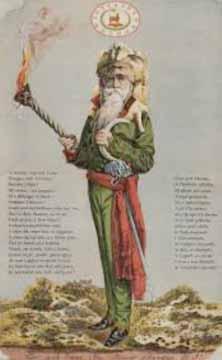
4 minute read
Book Review: These Silent Mansions – A life in graveyards
These Silent Mansions A life in graveyards
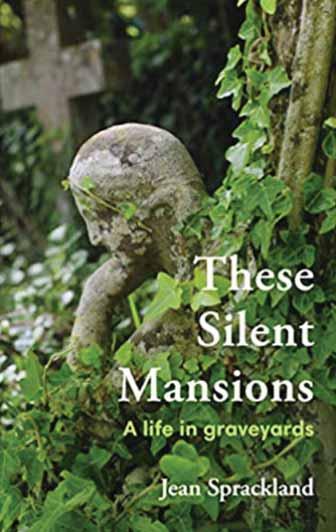
Advertisement
Jean Sprackland
Johnathan Cape 2020
Gillian Wolfe CBE
Learning, Arts & Heritage Consultant
There is a moment in this entrancing book when the author is driving past a cemetery with her six year old son and he says in astonishment, ‘look how many people have died!’
John Donne calls them ‘numberless infinities of souls’ and any visit to a cemetery cannot but link us to thoughts of the ephemeral nature of life and the manner in which lives are recorded at death. This is a delightful and deeply thought provoking book.
Jean Sprackland has moved home many times and here she invites the reader to follow her life journey around the country by describing her local burial sites, in so doing she initiates a discussion about how society has and is dealing with memorialising those who have died.
She has a light touch about her personal history giving just enough information to humanise the account and for the reader to get to know her a little but not enough to make this an autobiography. She’s a good storyteller and must have spent a huge amount of time researching some of the lives marked by the gravestone. Not lives of the great and good but of ordinary local people. Sometimes of those with the briefest of lives, such as tiny Agnes, a malformed dwarf who died aged 19 months in 1851or Elizabeth Pickett whose life ended aged 23 in 1751when her clothes caught fire; to the author’s own great grandmother Ethelind buried in 1902 in a paupers grave. Not being famous meant her chosen subjects required considerable detective work, either from churchyard burials or from the Victorian cemeteries that bore the strain of numbers in a rapidly expanding industrial society that was, by and large, culturally Christian with a homogenous burial aesthetic.
Sprackland’s view is that the dilapidated state of graveyards confront us with our collective failure to remember the dead and respect them as we should. Numerous Victorian tombs are indecipherable, headstones listing perilously towards the earth are a common sight; many are only just visible hidden in brambles and ivy. No one
has righted these monuments or cleared them or even stacked up the strewn marble slabs that were once carefully hewn by stonemasons at considerable cost.
In the time of immediate grief it is always the intention of the family to care for the graves of loved ones but life takes over, apparently most graves are never visited after fifteen years let alone looked after, many are not visited at all. It seems that only military headstones are given perpetual care.
We are well reminded that burial sites are some of the most bio-diverse natural habitats, allowing flora and fauna to thrive unmolested more completely perhaps than in any other town environment. Sprackland describes the cycle of nature, free from intrusion, so evocatively that the deep contemplative pleasure of a peaceful walk in a local cemetery-cum nature reserve is compelling.
How long will burial sites retain this magic? Sprackland describes today’s rows of high-tech mass produced black polished granite with computer designed text and stylised images of flowers, cherubs, doves, toys, mascots and photographs. These already tell a new social story of modern burial in the age of individualism. Sprackland’s book spans 200 years, two centuries hence will such another account as this be as eloquent?
If society can retain these traditional Silent Mansions so graphically described here the charm and poignant beauty of the ancient churchyard and Victorian cemetery aesthetic will remain an important social history book in stone.
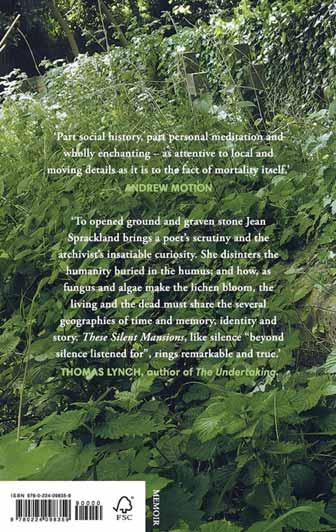

Gillian Wolfe CBE
Learning, Arts & Heritage Consultant
Editor’s Note:
Our reviewer, Gillian Wolfe, CBE, was the Director of Learning and Public Affairs at Dulwich Picture Gallery for over 30 years before stepping down to focus on her freelance portfolio in 2014.
At Dulwich Picture Gallery she set-up the education programme that became a national model of excellence with in-house and community programmes reaching out to diverse social and ethnic communities across London, receiving 29 awards and commendations for pioneering programmes that bring fine art and creativity into the lives of the most hard to reach sections of society, setting a new standard for museums.
In developing a close and active relationship between the museum and community she devised an enormously wide span of public engagement and participation in arts, health and wellbeing.
In her advisory work for foundations, trusts and public funding bodies Gillian has advised over 150 cultural organisations across the UK and has written eight art books for children.


